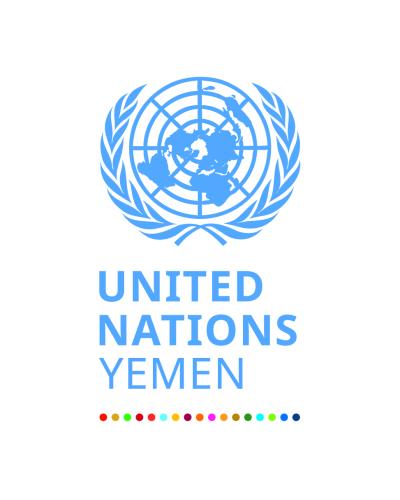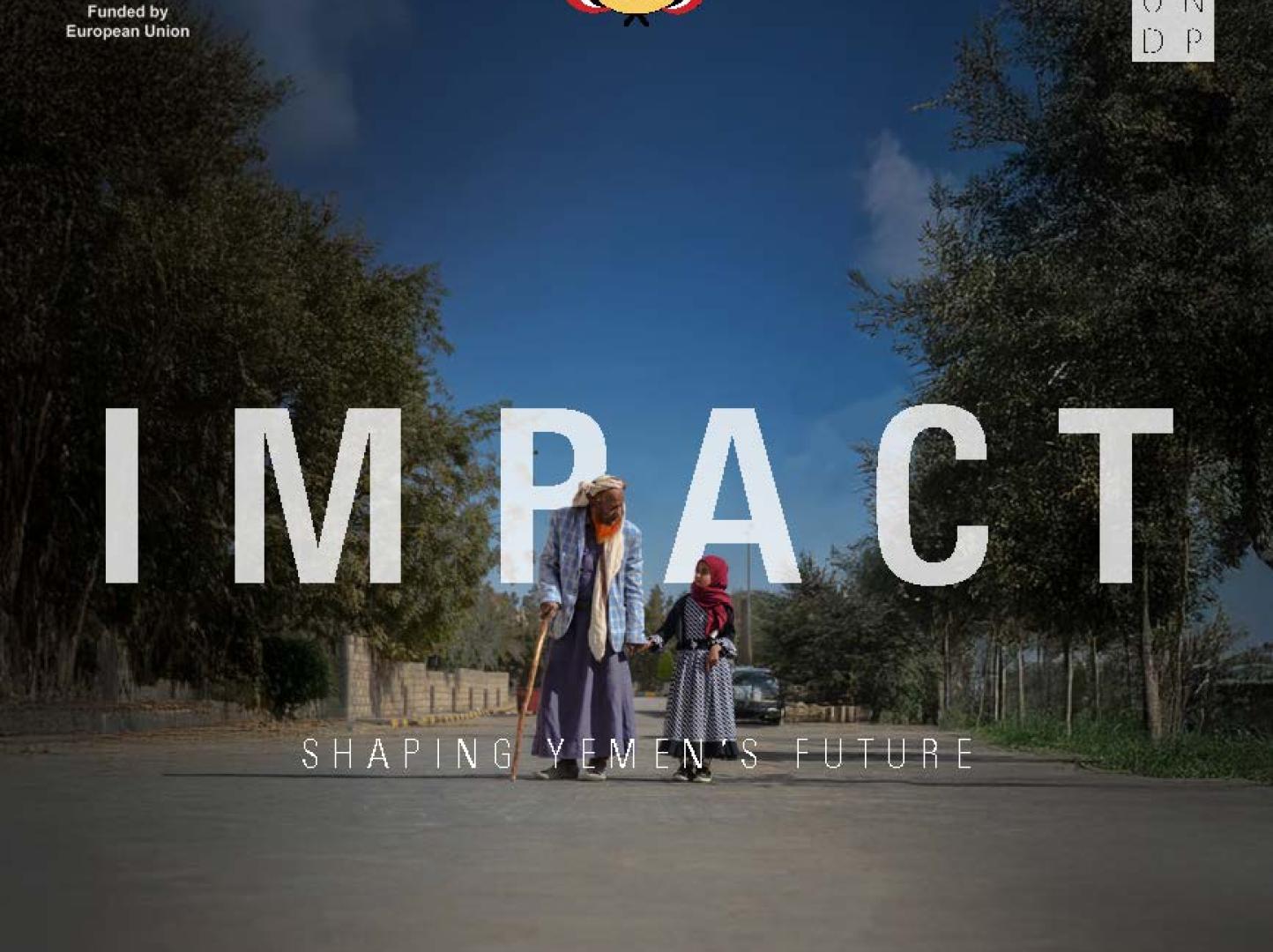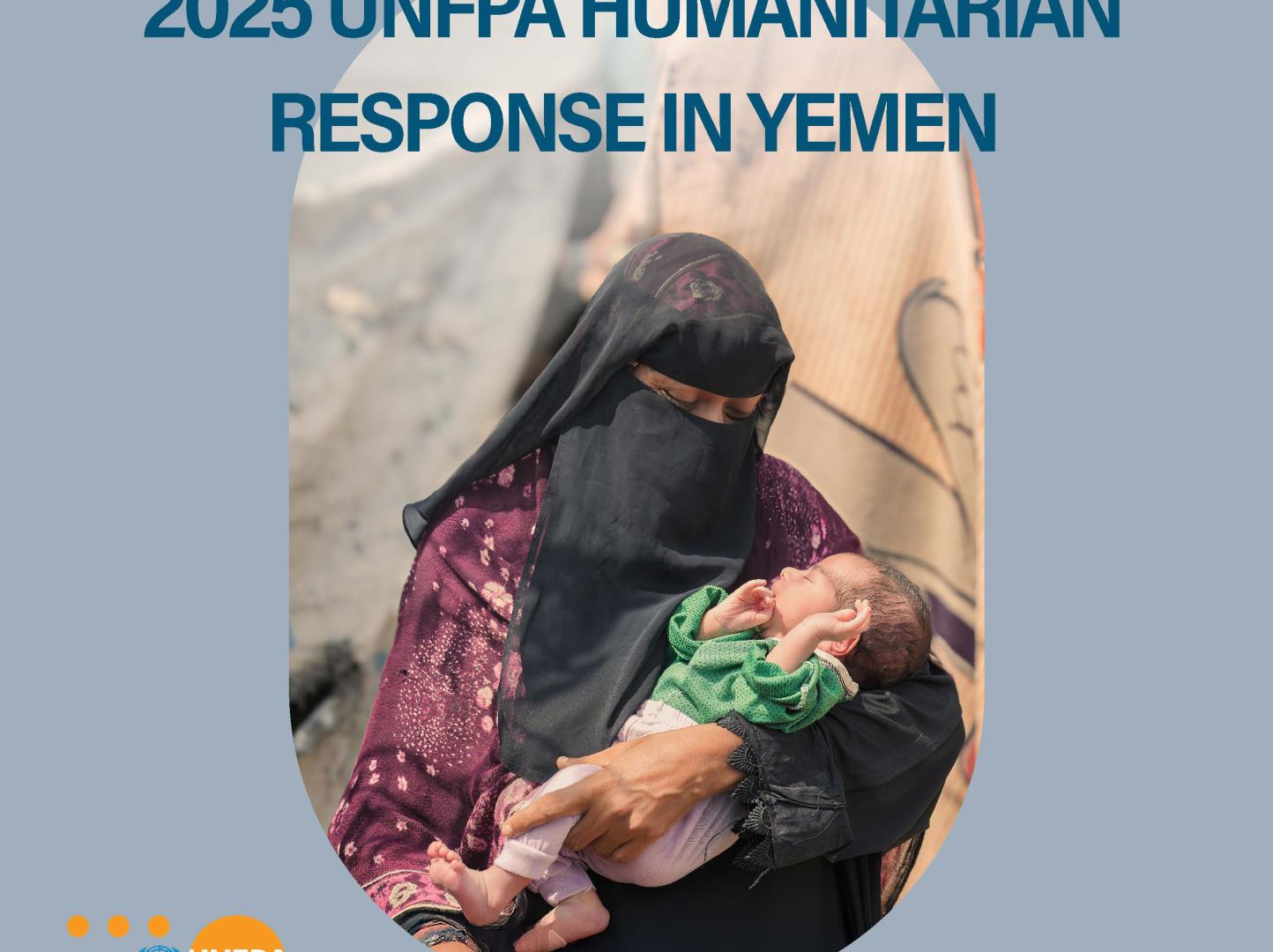United Nations Yemen Common Country Analysis November 2021

This Common Country Analysis (CCA) is the United Nations (UN) system’s independent, impartial, and collective assessment and analysis of the Republic of Yemen. It examines progress, gaps, opportunities, and bottlenecks vis-à-vis the country’s commitments to achieving the United Nations 2030 Agenda for Sustainable Development and the Sustainable Development Goals (SDGs), UN norms and standards, and the principles of the UN Charter.
Yemen was behind achieving the SDGs even prior to the escalation of armed conflict in 2015. The armed conflict has therefore not just interrupted Yemen’s development trajectory; it has reversed development gains made in key sectors up to 2014, with Yemen maintaining its status as the poorest country in the Middle East. Progress toward the 2030 Agenda and the SDGs continue to be delayed due to the on-going conflict, absence of coordinated national leadership, and lack of strategic planning. With control of the country divided between competing and warring parties, humanitarian, development, and peace efforts face significant challenges.
The 2021 Yemen Humanitarian Response Plan indicates that the country faces severe food insecurity bordering on famine. About 24 million Yemenis – 80 percent of the total population – need humanitarian assistance; 14.4 million Yemenis are in acute need. Over 2.25 million children under five years and more than a million pregnant and lactating women and girls are projected to suffer from acute malnutrition in 2021. Between 5 and 15 percent of pregnant women and girls are facing obstetric complications but lack access to emergency obstetric and new-born care services. Around 16.2 million people were expected to be hungry in 2020. Five million people face emergency conditions, and nearly 50,000 are already experiencing catastrophic conditions.
The COVID-19 pandemic has significantly increased vulnerabilities in Yemen, however whilst there is a continual need for resilience and management of the pandemic’s risks, there are opportunities for further progress through cooperation with authorities in Yemen. The opportunities around which are explored through this CCA.
The analysis within the CCA comprises seven elements covering politics and institutions; the economic contexts; environment and climate change; social and multidimensional risks; Leave No One Behind and social exclusion; compliance with international human rights and UN norms and standards; and the development, humanitarian, and peace linkages. The CCA concludes with a summary of the challenges, gaps, and opportunities for progress.

















